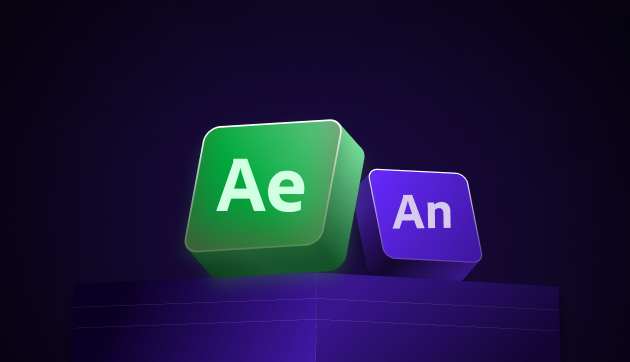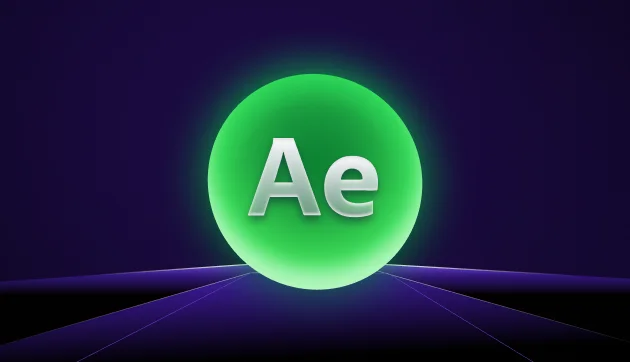
Virtual Reality vs Augmented Reality: Important Things To Know
Jul 15, 2025 4 Min Read 6217 Views
(Last Updated)
As you know, the world is moving towards innovation and technology. The next step in that is none other than virtual reality and augmented reality—two of the most popular hyperrealistic technologies of the current digital world.
Virtual Reality (VR) is a technology that creates immersive, computer-generated environments where users can interact with and explore entirely virtual worlds, often using specialized headsets and controllers.
Augmented Reality (AR), on the other hand, enhances the real world by overlaying digital information, objects, or visuals onto the user’s view of the physical environment, typically through AR glasses, smartphone screens, or other devices.
At first glance, these two may sound quite similar in terms of function and use, but they are not. There is a vast difference between them and since these two are going to be the future, it is better to understand their difference and that is what we are going to learn in this article.
So, without further ado, let’s get started.
Table of contents
- Virtual Reality vs Augmented Reality: Key Differences Between Them
- Significance of Virtual Reality and Augmented Reality
- Education and Training
- Gaming and Entertainment
- Retail and E-Commerce
- Healthcare and Medicine
- Workplace and Productivity
- Travel and Tourism
- Advertising and Marketing
- Conclusion
- FAQs
- How can motion graphics enhance VR experiences?
- In what ways are motion graphics integrated into AR applications?
- What tools or software are commonly used to create motion graphics for VR and AR?
- Are there any challenges with AR technology?
- How is AR different from VR?
Virtual Reality vs Augmented Reality: Key Differences Between Them

Now, let us understand the key differences that lie between these two technological marvels.
If you want to explore Marketing Research Techniques through a Self-Paced course, try GUVI’s Marketing Research Techniques Self-Paced certification course.
| S.No | Aspect | Virtual Reality (VR) | Augmented Reality (AR) |
|---|---|---|---|
| 1. | Environment | It engages us in a fully immersive, computer-generated virtual world that has nothing in common with the real world. | It is exactly our real-world environment with digital overlays and enhancements. |
| 2. | Display Technology | It typically uses specialized headsets with opaque screens that cover the user’s vision and let us immerse fully in the virtual world. | It uses transparent displays, often glasses or smartphone screens that enable us to see digital overlays in the real world. |
| 3. | Interaction | The FoV varies, is often limited, and depends on the AR device. | Interaction happens with both the real and virtual worlds. |
| 4. | Immersion | It provides a high level of immersion, isolating users from the real world. | It provides partial immersion, allowing users to remain aware of their surroundings. |
| 5. | Purpose | It primarily focuses on entertainment, gaming, training simulations, and simulations requiring total immersion. | It mainly focuses on enhancing real-world experiences, such as navigation, education, and marketing. |
| 6. | Real-world awareness | Limited real-world awareness; users are usually unaware of their physical surroundings. | Maintains awareness of the real world, allowing users to interact with both real and digital elements. |
| 7. | Examples | Oculus Rift, HTC Vive, PlayStation VR. | Microsoft HoloLens, Google Glass, Snapchat filters. |
| 8. | Hardware Requirements | It requires high-performance computers and dedicated VR headsets. | It requires AR headsets, smartphones, or tablets with AR apps. |
| 9. | Field of View (FoV) | It provides a wider FoV to cover the entire visual field. | The FoV varies, is often limited, and depends on the AR device. |
| 10. | Applications | Application of VR includes Gaming, virtual tours, medical training, and VR-specific content. | Applications of AR include Navigation, assembly instructions, education, and context-aware apps. |
| 11. | Challenges | Potential motion sickness, disconnection from the real world, and high hardware costs. | The integration with the real world is quite a challenge and its limited FoV is another huge setback. |
These are the key differences that exist between Virtual Reality and Augmented Reality. Learning motion graphics can also help you understand more about these two technologies as motion graphics is extensively used in these two sectors.
Know About: How to Become a Motion Graphics Designer – Complete Career Roadmap
Significance of Virtual Reality and Augmented Reality

Now that you have seen the key differences that exist between virtual reality and augmented reality, it is time for you to understand why these two technologies are important in the future and how they are going to change the digital landscape as well as the future trends in the upcoming days.
Here’s a brief explanation of how they will influence these trends:
1. Education and Training

VR and AR will revolutionize education by making learning more interactive and immersive. Already, people are adapting to online education due to COVID-19, and with virtual reality and augmented reality booming, this will enhance the experience of virtual learning.
Virtual classrooms and training simulations will become common, providing hands-on experiences for students and professionals enabling them to learn from anywhere and learn anything.
It will create trends like personalized learning, skill development, and remote education.
2. Gaming and Entertainment

The recent years saw a rise in the gaming industry across the world and VR will redefine the gaming experience, offering players a more immersive and realistic environment.
Augmented Reality on the other hand will bring interactive storytelling and entertainment into everyday life through smartphone apps and wearable devices.
Immersive gaming, mixed-reality experiences, and location-based entertainment are some of the future trends that will happen due to virtual reality and augmented reality
3. Retail and E-Commerce

Augmented reality will enable customers to visualize products in their real-world environment before making a purchase decision. This helps them in choosing the right product without having any second thoughts.
This includes virtual try-ons for clothing and accessories which will enhance the online shopping experience.
Also Read: Best Motion Graphics Webinars and Workshops
4. Healthcare and Medicine

VR will assist in therapy, rehabilitation, and pain management, offering innovative solutions for patients. AR will support surgeons with real-time data during surgeries, improving precision and patient outcomes.
5. Workplace and Productivity

AR will enhance productivity by providing real-time information and guidance to workers in fields like manufacturing and maintenance.
VR-based collaboration platforms will allow remote teams to work together in shared virtual spaces.
6. Travel and Tourism

Apps with the augmented reality feature will offer travelers interactive guides, historical context, and navigation assistance that enhances their travel experience.
Virtual reality will provide virtual travel experiences, allowing people to explore destinations before booking trips.
This will create trends like Virtual tourism, enhanced travel planning, and immersive cultural experiences.
7. Advertising and Marketing

AR will enable more engaging and interactive advertising campaigns, enhancing consumer engagement.
VR on the other hand will provide marketing experiences that will allow brands to create memorable and immersive brand interactions.
As you can see, virtual reality and augmented reality are significant in almost every industry out there and it will impact all future trends and it is good to stay ahead in the path by understanding these technologies.
Also Read: Skills Required to Become a Motion Graphics Designer
Conclusion
In conclusion, the comparison between Virtual Reality and Augmented Reality highlights two groundbreaking technologies that are reshaping our digital experiences and daily lives. VR immerses us in an entirely virtual world, offering unparalleled levels of immersion for gaming, training, and entertainment.
On the other hand, AR enriches our reality by overlaying digital information and objects onto our surroundings, making navigation, learning, and shopping more interactive and informative. While VR and AR have distinct applications and advantages, they share the common goal of expanding the possibilities of human interaction with technology.
As technology continues to advance, we can expect even more exciting developments and innovative uses for both VR and AR in the years to come.
Know More: Best Product-based Companies for Motion Graphic Designing in 2025
FAQs
Motion graphics can add dynamic elements, convey information, and create engaging visual effects to make VR environments more immersive.
Motion graphics can provide users with interactive visual cues, guide them through experiences, and display real-time data within AR overlays.
Popular software includes Adobe After Effects, Unity, and Unreal Engine, which offer tools for creating motion graphics in VR and AR environments.
Challenges include object recognition, limited field of view, and the need for reliable tracking technology.
AR adds digital elements to the real world, while VR creates entirely virtual environments that replace the real world.



















Did you enjoy this article?